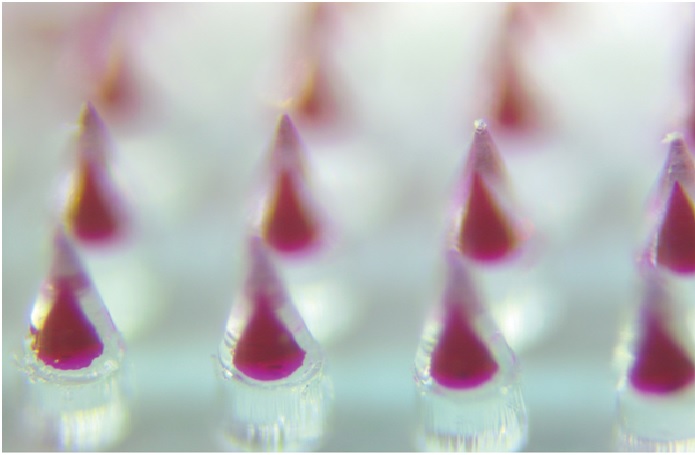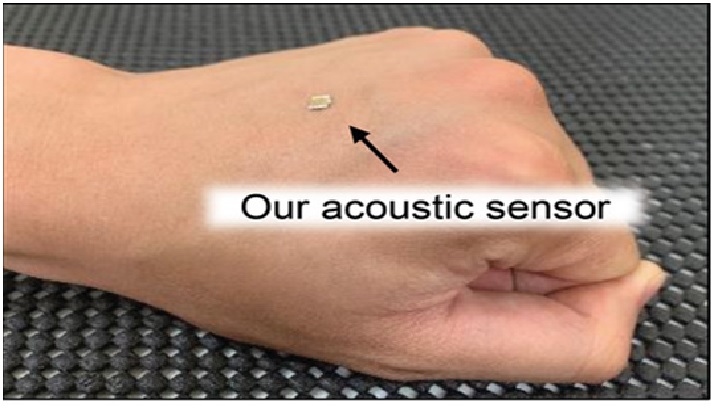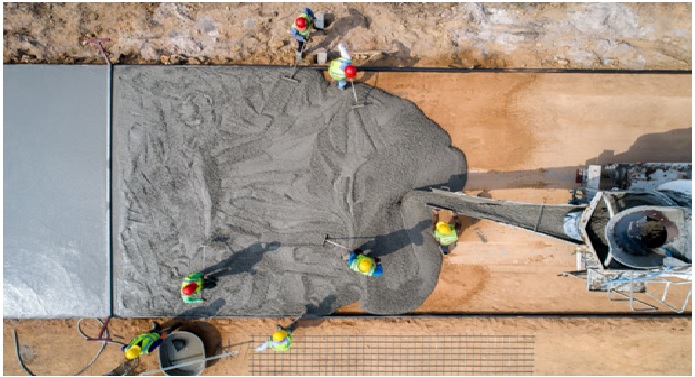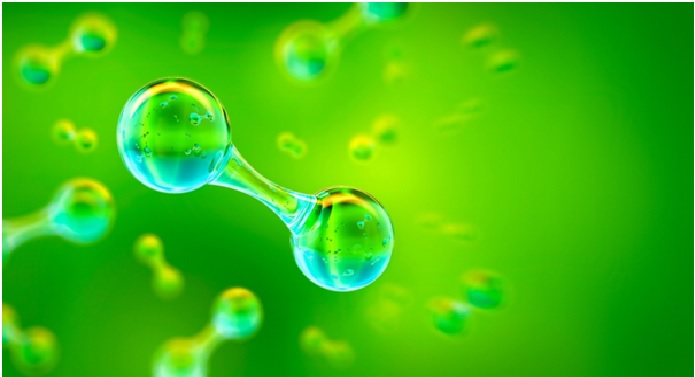The Injection-Free Microneedles Technology for Painless Treatment
These tiny needles, at no more than the depth of a sheet of paper and the width of a human hair, could bring us pain-free injections and blood testing. “Microneedles” penetrate the skin without troubling underlying nerve endings, and can be attached to syringes or patches, or even mixed into creams. [1] They could allow blood tests to be done at home and sent to the lab or analyzed on the spot. And because their use doesn’t require expensive equipment or high levels of training, testing and treatment could be delivered in under-served areas – making care more accessible.

Figure 1: The Microneedle for painless [2]
Thinner than a human hair, microneedles are often made from a hydrogel forming substance similar to the material used to manufacture soft contact lenses. Remaining hard in a dry state so that they can penetrate the skin, microneedles rapidly take in fluid from the puncture site and swell, forming a jelly-like material. It’s through this virtually painless needle injection which medicines can be delivered into the body, or biomarkers can be picked up for monitoring purposes. The microneedles is shown in figure 1.
The needles can also be manufactured as solid, coated or hollow, depending on their intended use. Solid microneedles can deliver drugs into the skin after perforation, [3] while coated microneedles have a layer of medicine pasted over them which is then released into the body. Hollow microneedles allow drugs to be injected directly into the skin through holes in the needles.
Many microneedle syringe and patch applications are already available for administering vaccines, and many more are in clinical trials for use in treating diabetes, cancer and neuropathic pain. Because these devices insert drugs directly into the epidermis or dermis, they deliver medicines much more efficiently than familiar transdermal patches, which rely on diffusion through the skin. [4] This year researchers debuted a novel technique for treating skin disorders such as psoriasis, warts and certain types of cancer: mixing star-shaped microneedles into a therapeutic cream or gel. The needles' temporary, gentle perforation of the skin enhances passage of the therapeutic agent.
Many microneedle products are moving toward commercialization for rapid, painless draws of blood or interstitial fluid and for use in diagnostic testing or health monitoring. Tiny holes made by the needles induce a local change in pressure in the epidermis or dermis that forces interstitial fluid or blood into a collection device. If the needles are coupled to biosensors, the devices can, within minutes, directly measure biological markers indicative of health or disease status, such as glucose, cholesterol, alcohol, drug by-products or immune cells.
References:
- https://www.weforum.org/agenda/2020/11/2020-top-10-emerging-technologies/
- https://today.uconn.edu/2020/11/research-proves-viability-injection-free-microneedle-technology-single-administration-vaccines/
- https://www.medicaldevice-network.com/analysis/painless-needle-injection/
- https://www.scientificamerican.com/article/microneedles-could-enable-painless-injections-and-blood-draws/
Cite this article:
Vinotha D (2022), The Injection-Free Microneedles Technology for Painless Treatment, AnaTechMaz, pp.204















